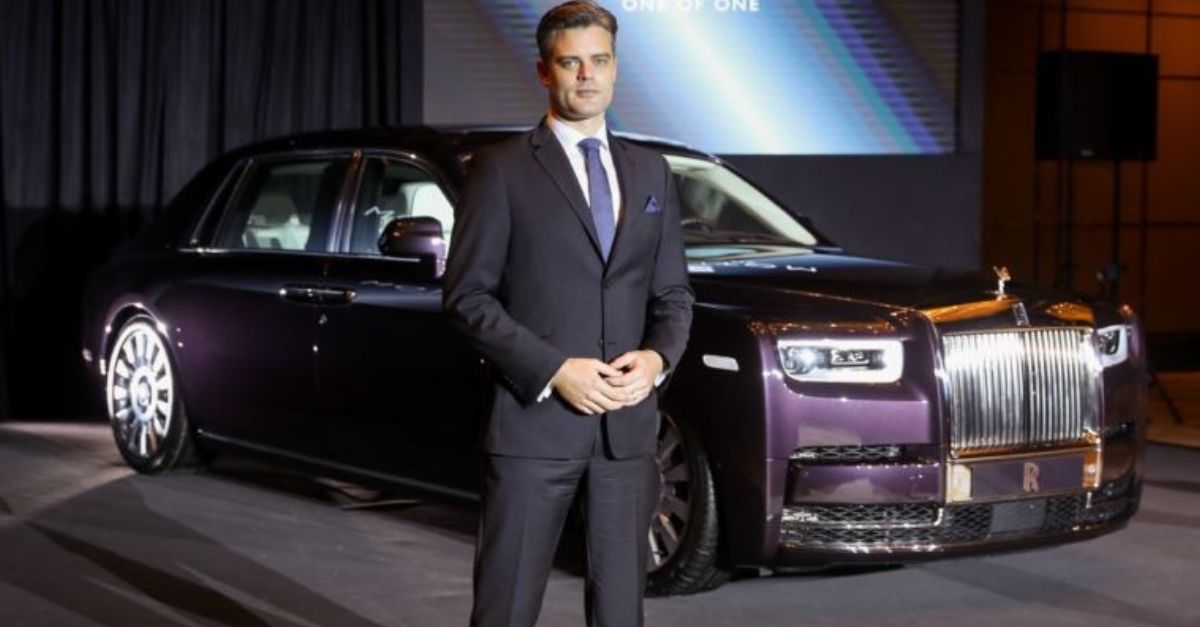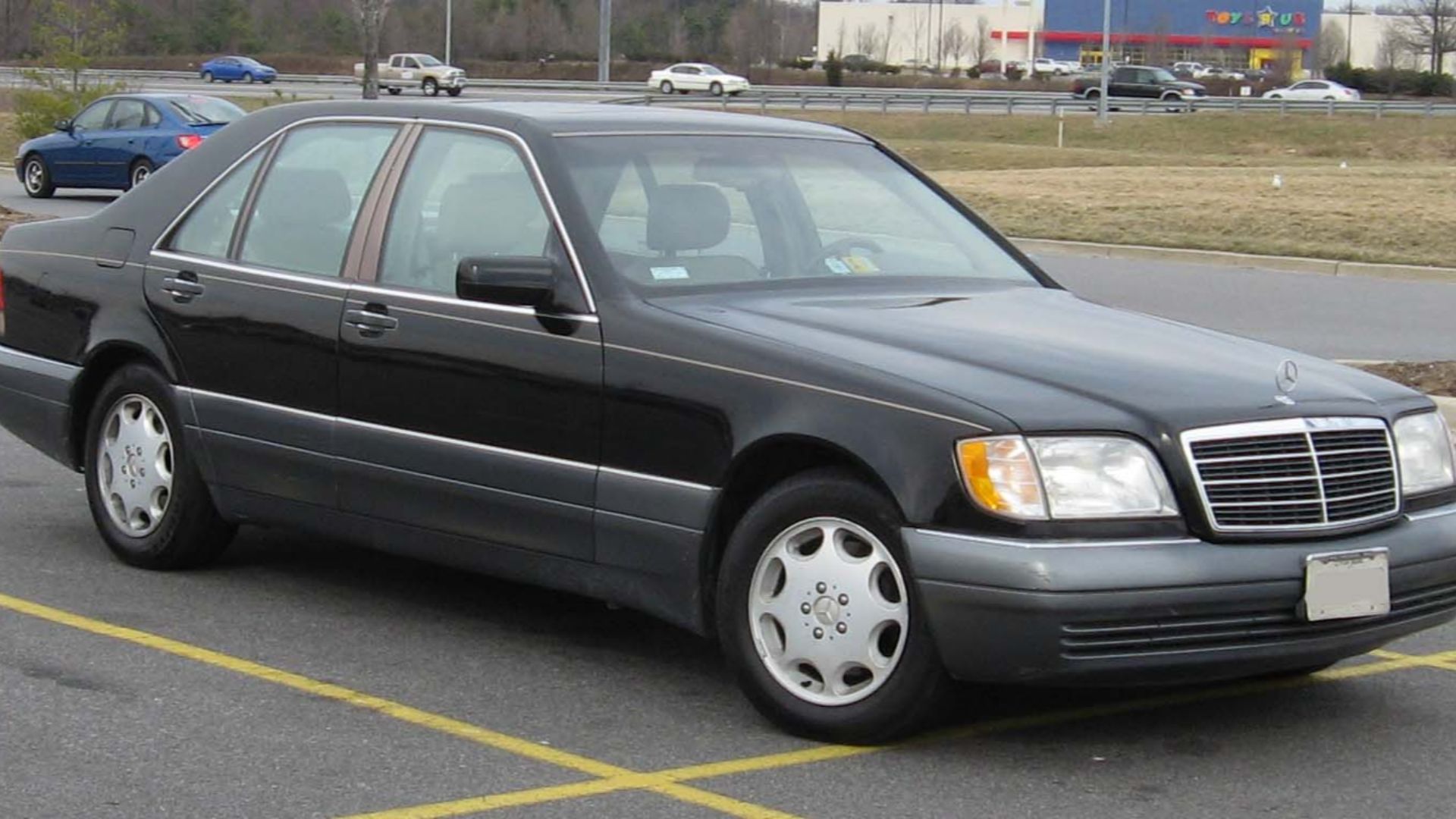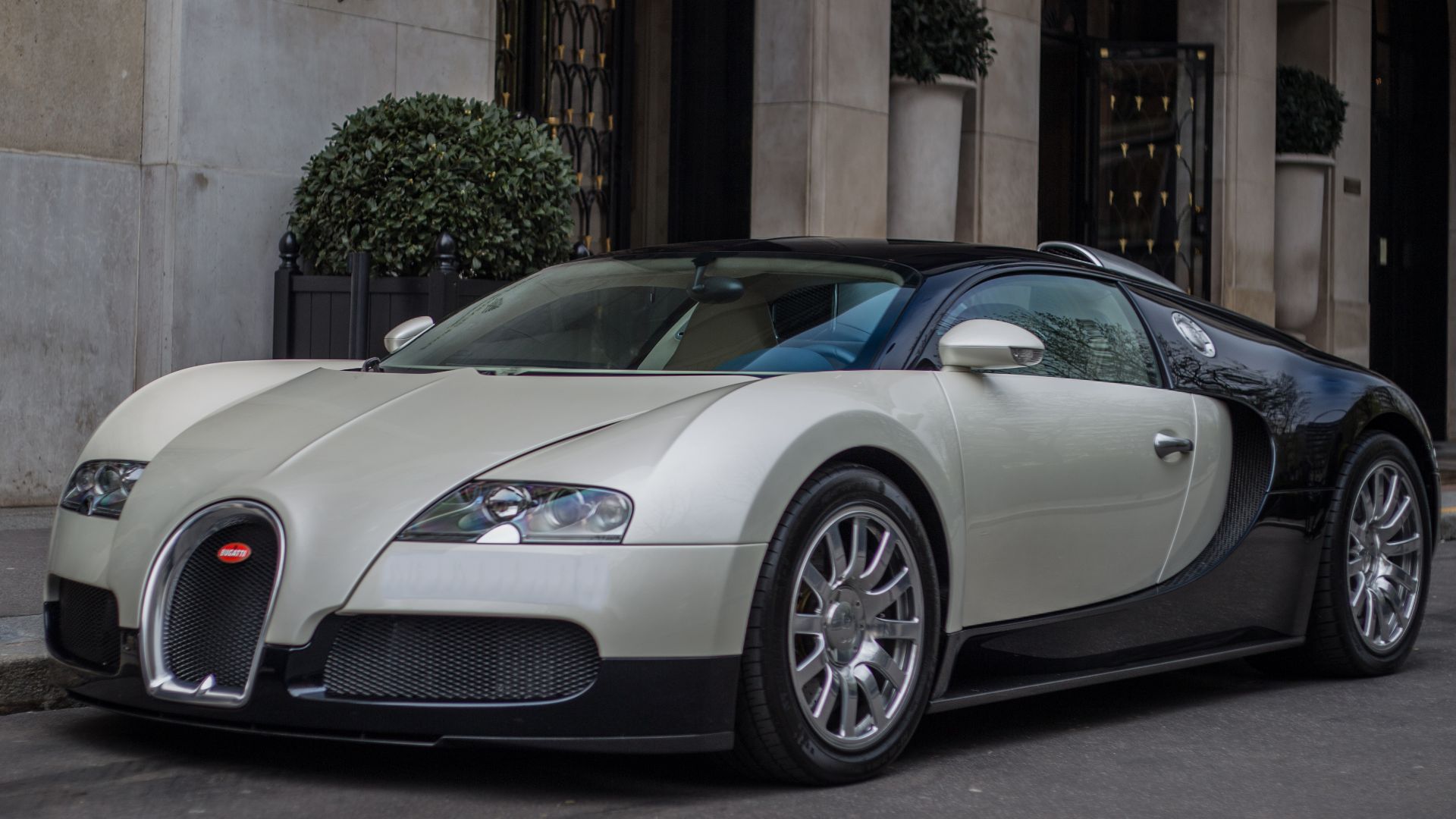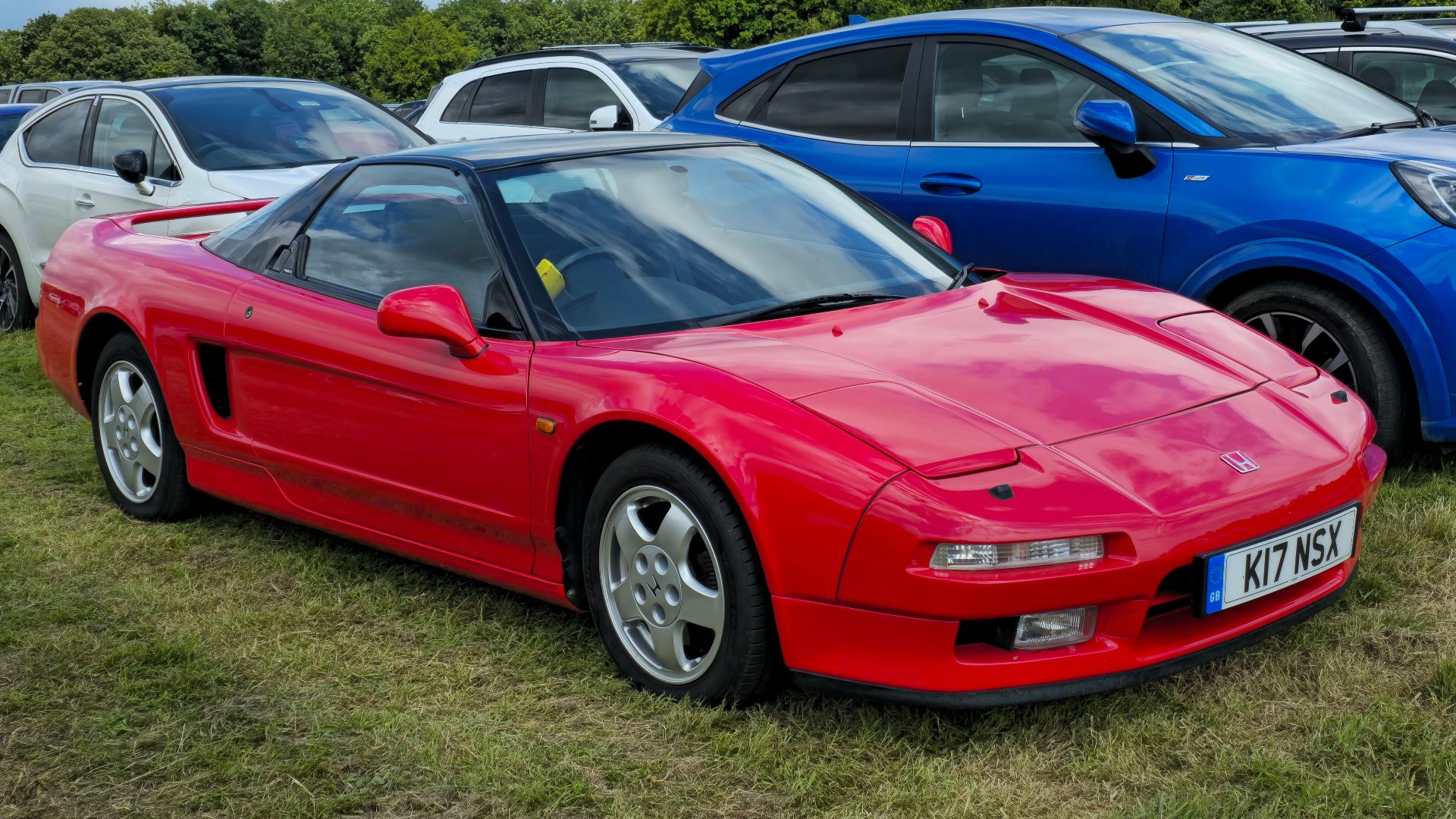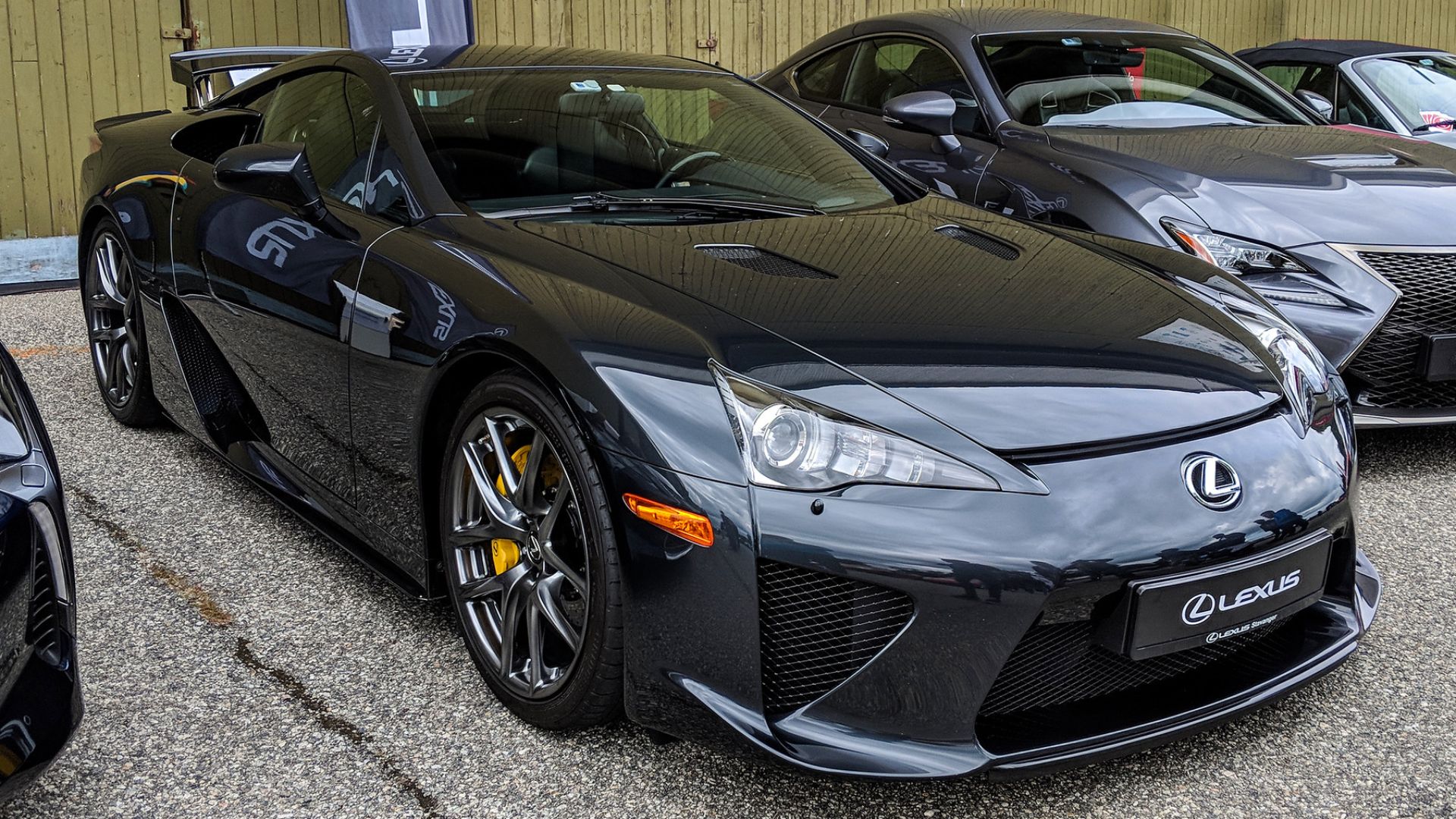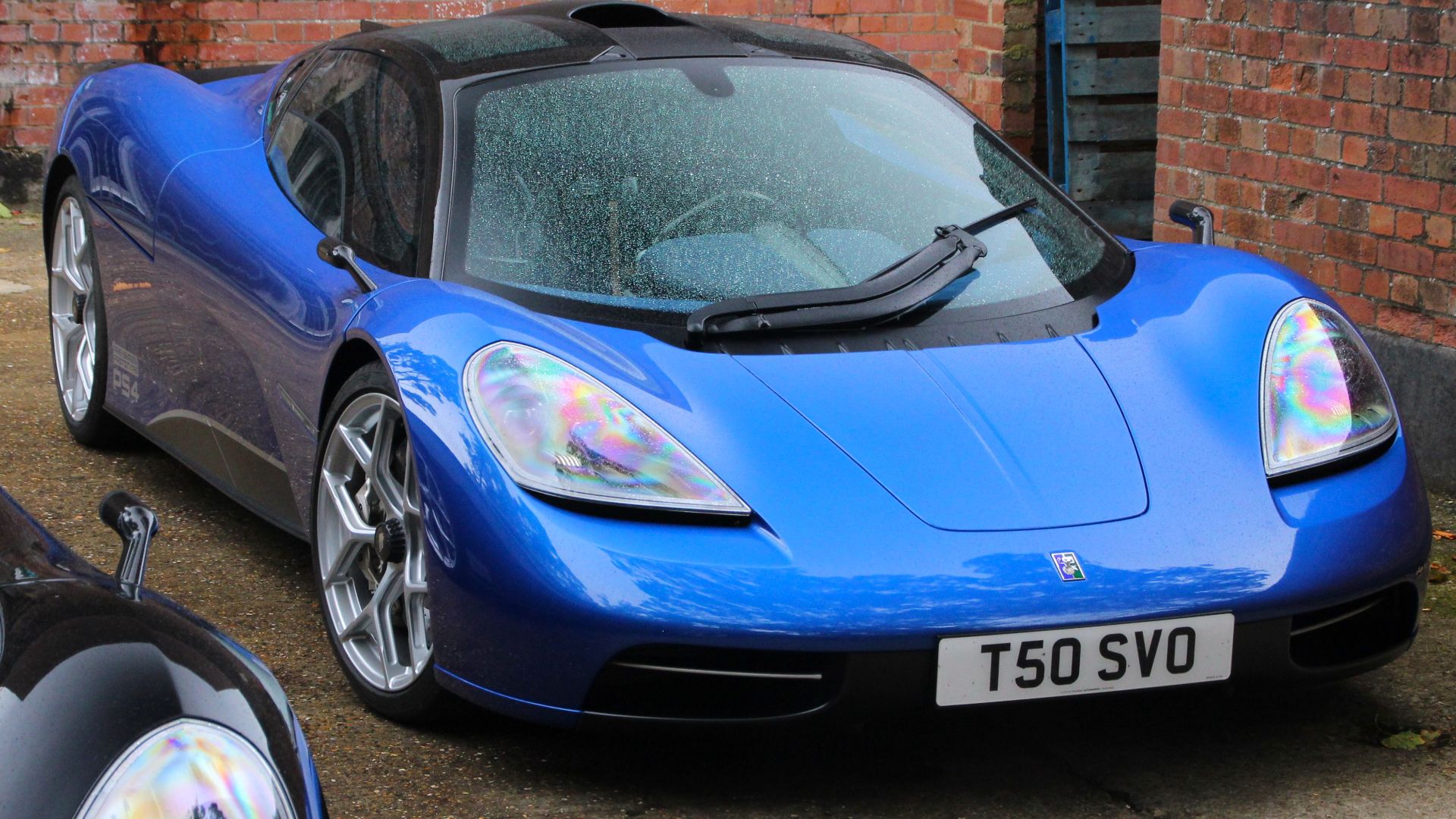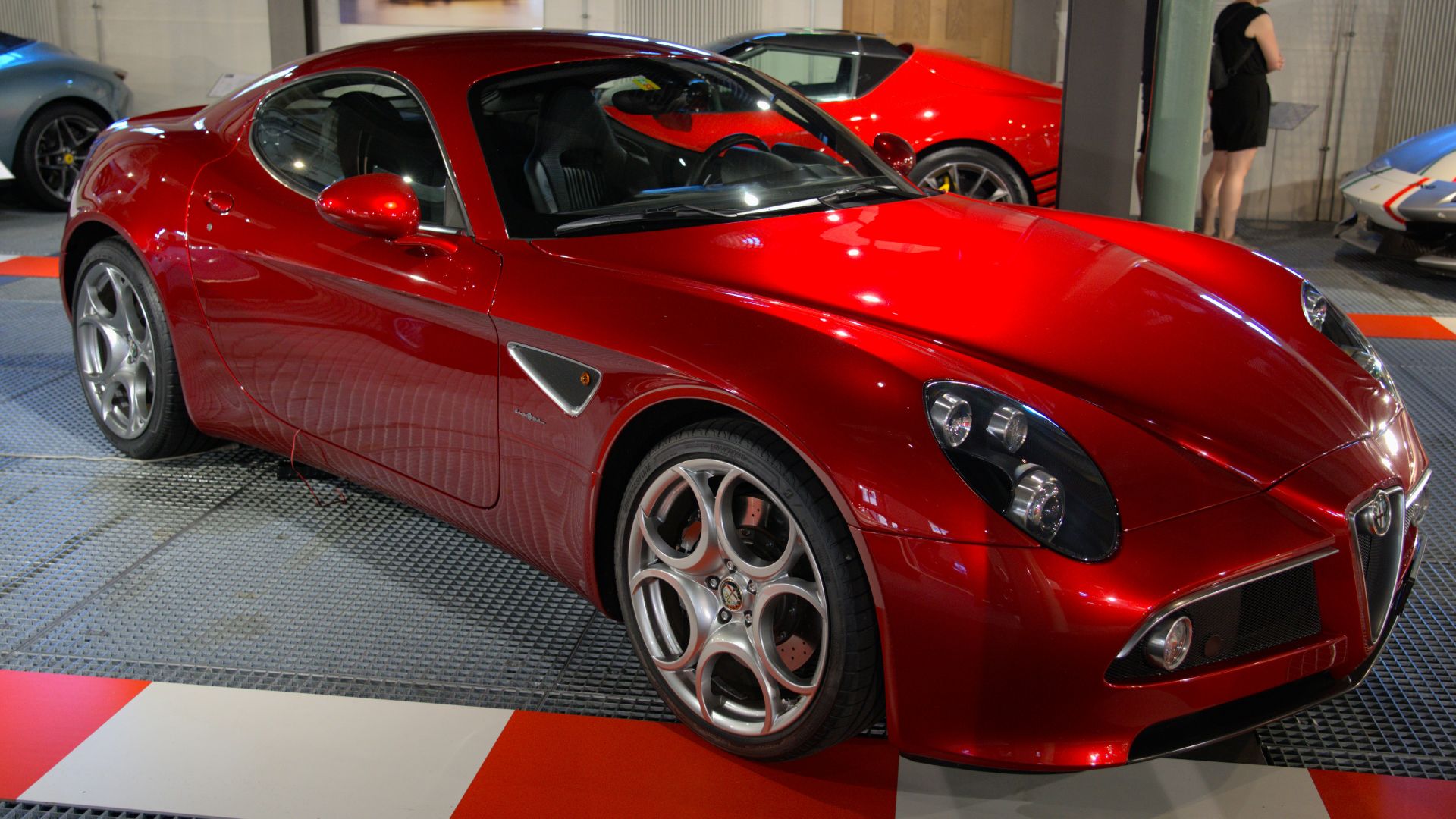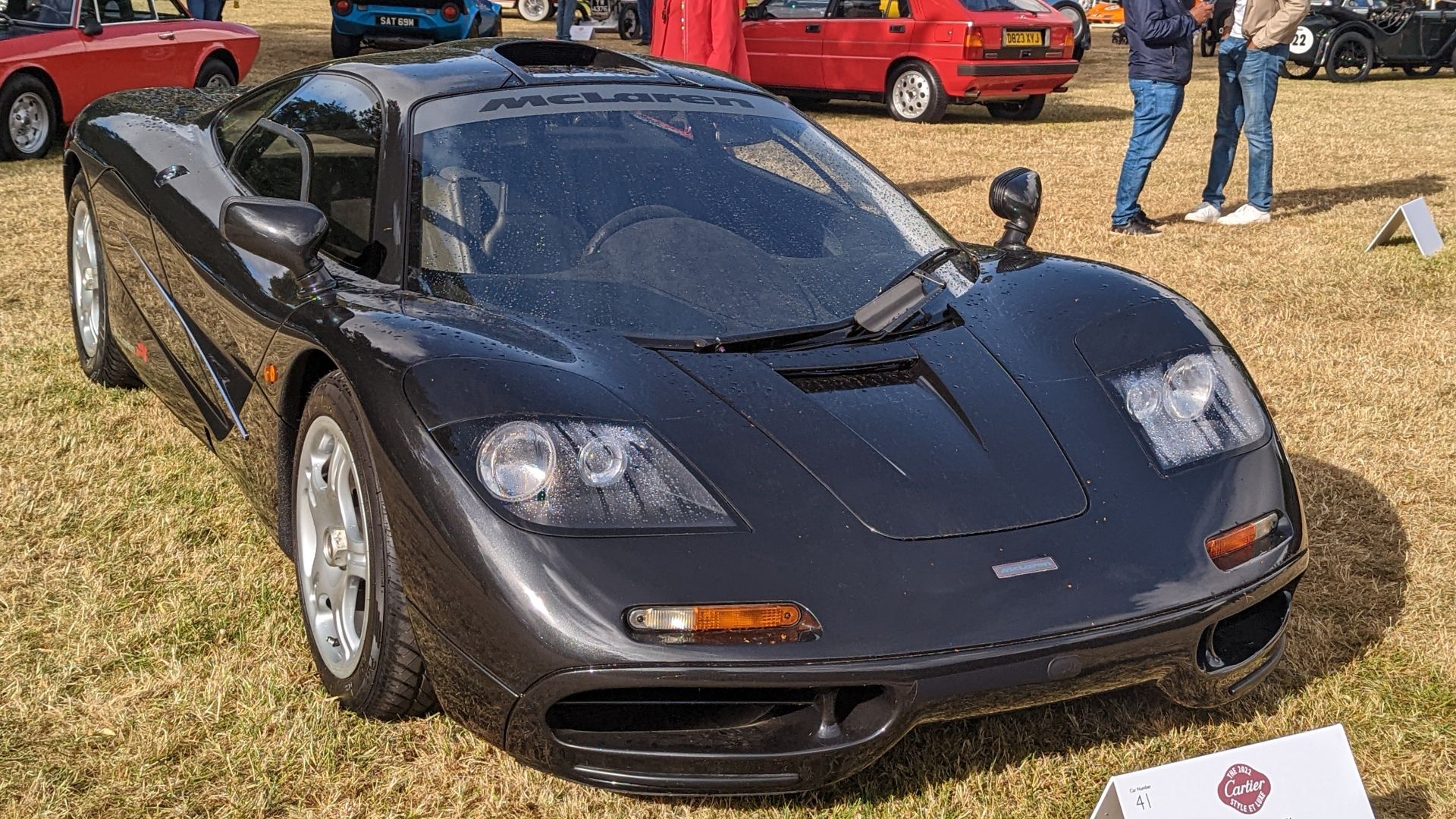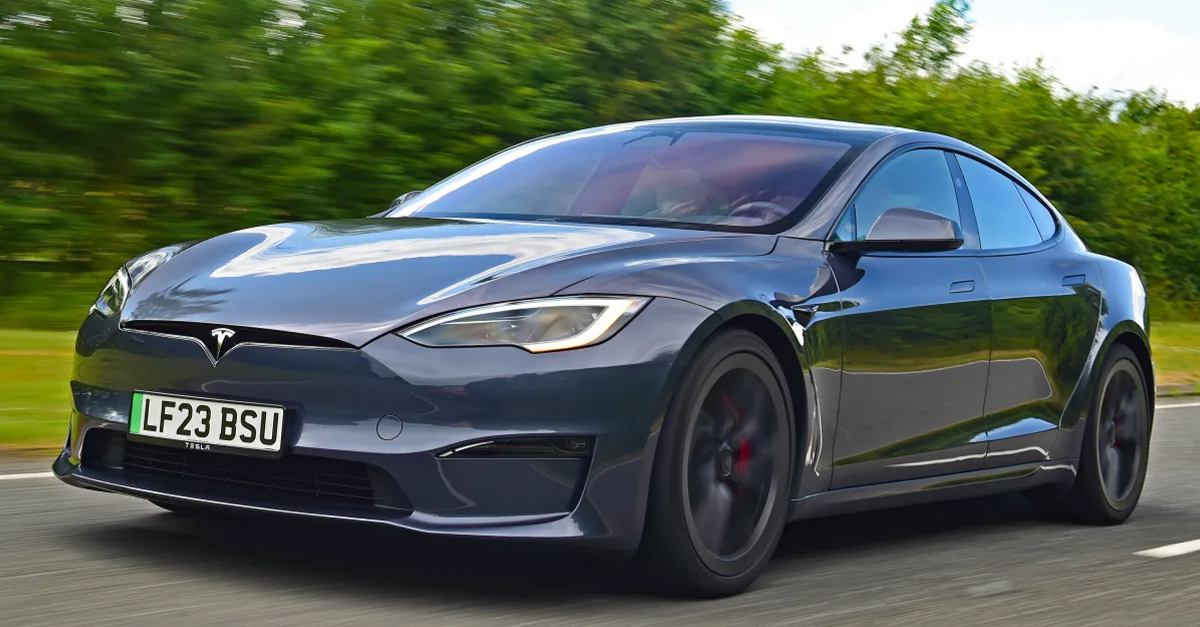The Fine Line Between Genius And Excess
There’s ambition, and then there’s obsession. These cars were built with workmanship so intense it bordered on the unnecessary, with every system polished beyond reason. Some became masterpieces. Others, beautiful disasters.
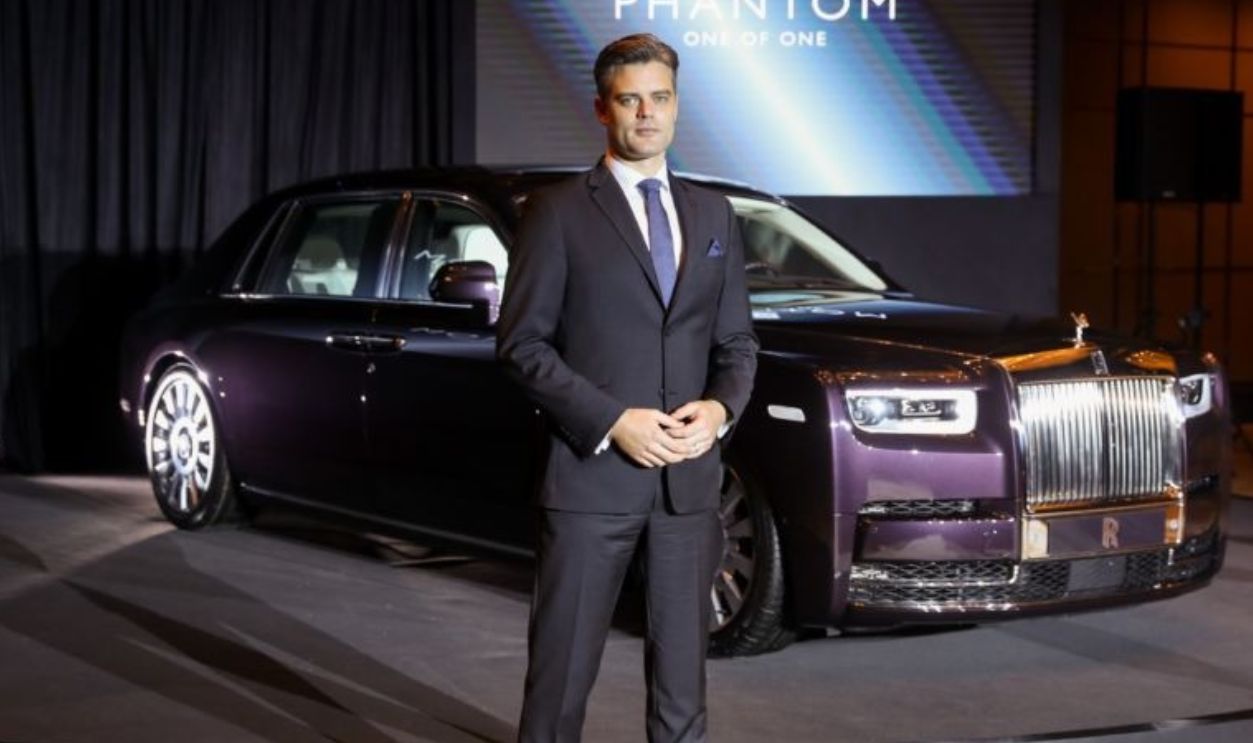
Mercedes-Benz S-Class (W140, 1991–1998)
Nicknamed “the vault on wheels,” the W140 overflowed with luxury experiments—double-glazed windows, self-closing doors, and more electronics. Engineers obsessed over silence and stability, crafting a sedan that felt indestructible but cost a fortune to keep that illusion alive.
Bugatti Veyron (2005–2015)
When Volkswagen decided to prove physics wrong, the result was the Veyron. It all started with sixteen cylinders and ten radiators. And then a top speed that mocked common sense turned it into a legend. Tires alone cost a leg and an arm.
Citroen SM (1970–1975)
Underneath that sleek French bodywork lurked a hydraulic labyrinth that could outthink most mechanics. Steering, braking, and suspension all ran through pressurized magic. The drive felt like floating through the air until something leaked—and then, so did your wallet.
Honda NSX (First Generation, 1990–2005)
Before the NSX, supercars were loud and unreliable. Honda flipped the script by giving exotic performance a calm temperament. With Ayrton Senna’s fingerprints on its handling, this aluminum marvel proved that precision could finally wear a smile.
Lexus LFA (2010–2012)
The LFA was pure and untamed, on four wheels.. The V10 howled like a concert soloist, spinning faster than any analog tachometer could track. Carbon fiber wrapped the madness, and workmanship turned every rev into an engineering performance.
BMW 850CSi (1992–1996)
Few cars wore sophistication with such quiet arrogance. A twelve-cylinder engine whispered power, and the rear-wheel steering sharpened its massive frame like a dancer’s turn. Owners called it smooth; mechanics called it complicated. Both were right for entirely different reasons.
Cadillac Allante (1987–1993)
General Motors dreamed up an Italian-American luxury hybrid—literally. Pininfarina built the bodies in Italy, then planes ferried them to Detroit for final assembly. The logistics bordered on lunacy, but the Allante still became a symbol of 1980s corporate ambition.
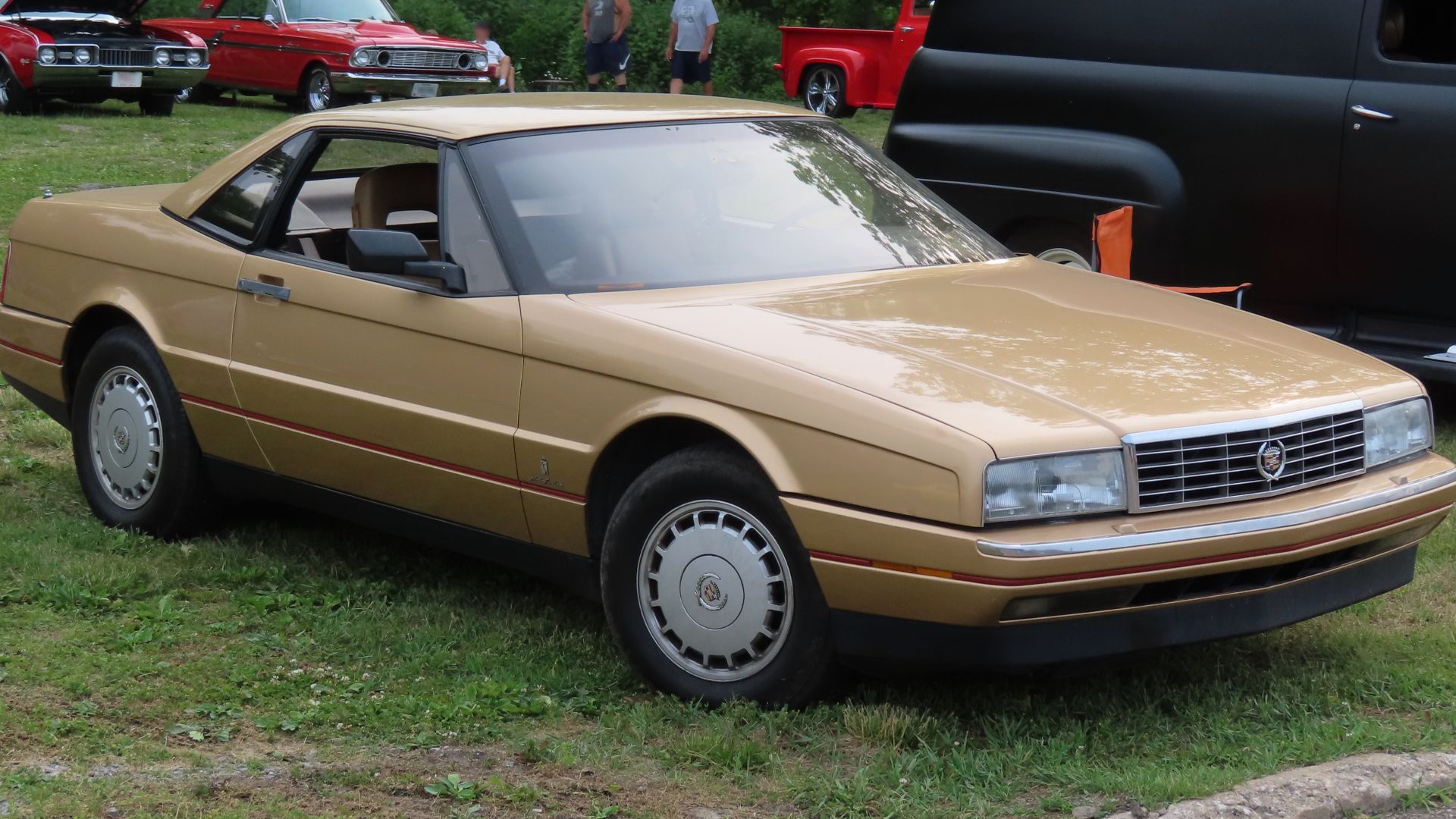 MercurySable99, Wikimedia Commons
MercurySable99, Wikimedia Commons
Volkswagen Phaeton (2002–2016)
Ferdinand Piech wanted a limousine that could cruise in desert heat at autobahn speeds. The result was handled like royalty and cost like one, too. Even Bentley used its bones later to prove Piech’s excess wasn’t waste—it was groundwork for grandeur.
Gordon Murray T.50 (2023–Present)
The T.50 was designed by Gordon Murray for drivers who crave mechanical purity. A rear-mounted fan increases downforce, and the V12 weighs less than some four-cylinder engines. The car turns engineering into art, with little regard for mass-market approval.
Maserati Quattroporte IV (1994–2001)
This Italian bruiser balanced elegance and volatility in equal measure. The twin turbos delivered staggering power. However, the electronics occasionally staged their own protests. The design looked sharp enough for royalty, but its maintenance costs were super high.
 Interesting.cars.insta, Wikimedia Commons
Interesting.cars.insta, Wikimedia Commons
Jaguar XJ220 (1992–1994)
The XJ220 promised a V12 and all-wheel drive but landed with a turbocharged V6 instead. Still, it held the title of the world’s fastest car for years. A stunning machine that proved beauty can distract from even the biggest mechanical compromises.
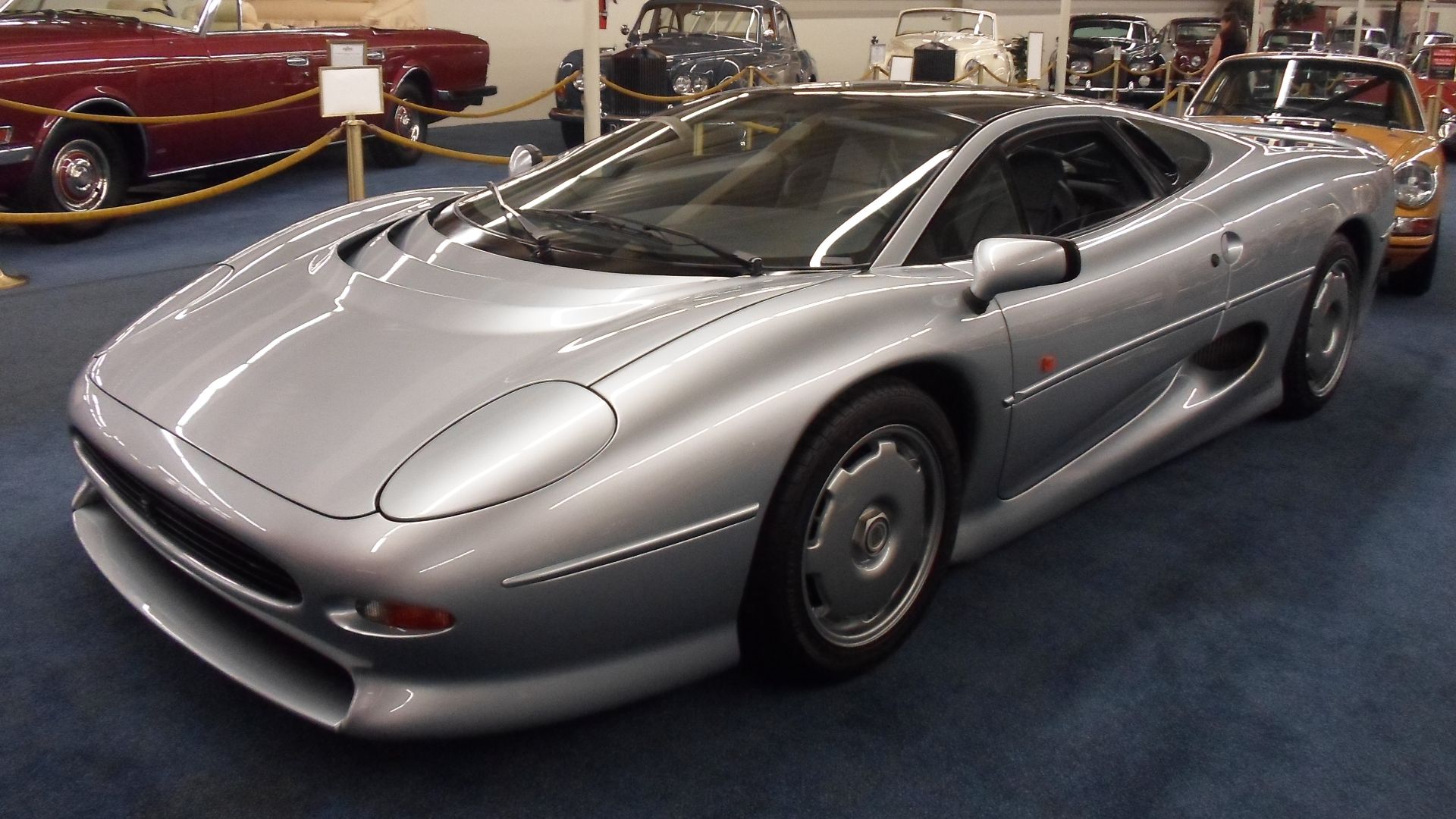 dave_7 from Lethbridge, Canada, Wikimedia Commons
dave_7 from Lethbridge, Canada, Wikimedia Commons
BMW i8 (2014–2020)
BMW blended electric power with futuristic flair long before most dared. The i8’s carbon-fiber tub and butterfly doors screamed concept car, yet it sat in showrooms. It was a plug-in dream that looked ready for 2050, while drivers wrestled with charging networks from the 2010s.
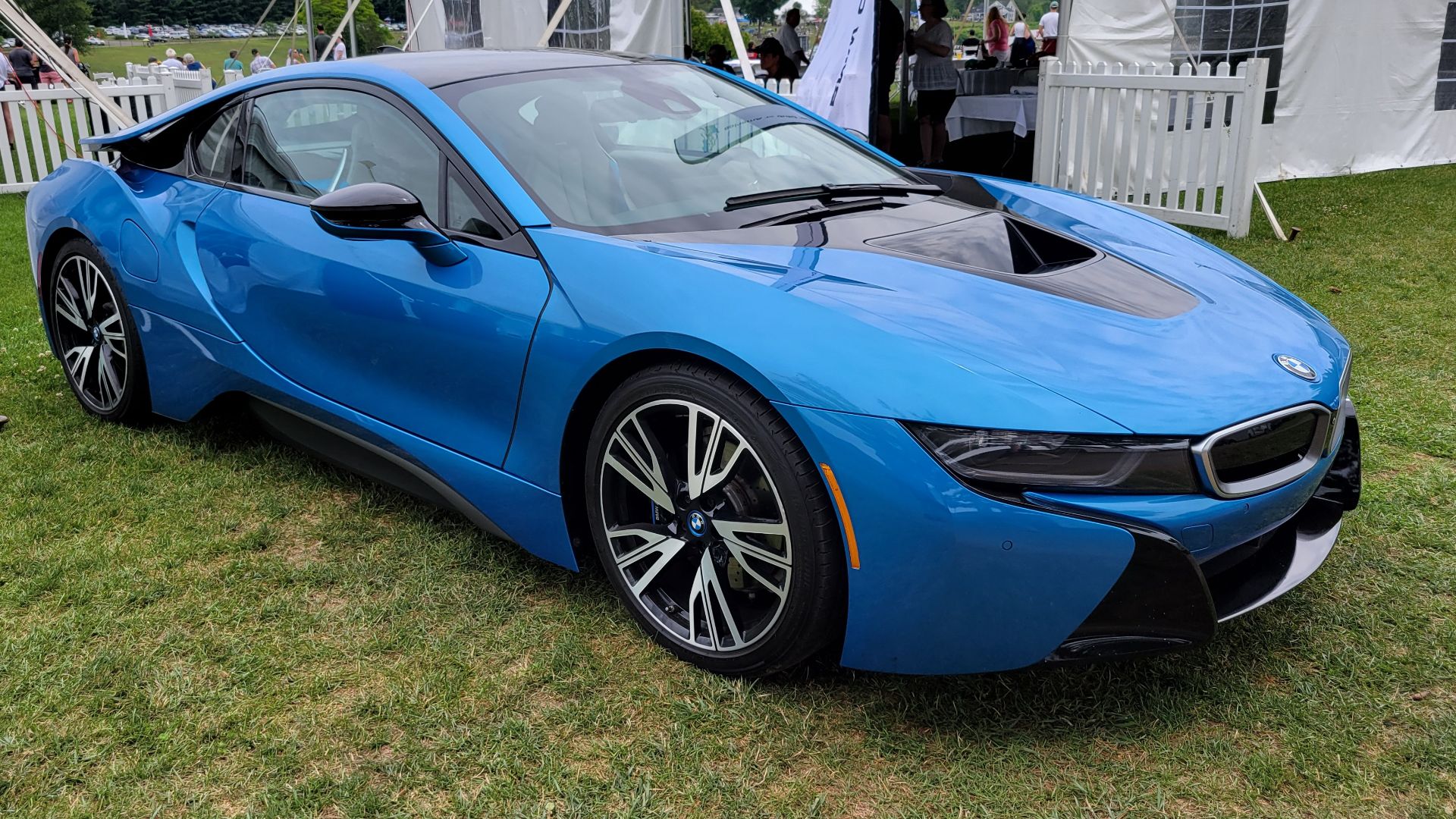 Charles from Port Chester, New York, Wikimedia Commons
Charles from Port Chester, New York, Wikimedia Commons
Alfa Romeo 8C Competizione (2007–2010)
Few cars wore their passion louder than the 8C. Beneath its curves sat a thunderous Maserati-sourced V8 and a cabin lined like an art studio. Performance mattered less than presence, and the 8C had that in glorious excess.
Tesla Model S Plaid (2021–Present)
Tesla obliterated speed with its Plaid’s tri-motor setup, delivering power that feels closer to a theme park ride than a commute. Behind the wheel, silence mixes with absurd acceleration in a way that feels oddly cinematic.
 Alexander-93, Wikimedia Commons
Alexander-93, Wikimedia Commons
Porsche 959 (1986–1988)
Porsche built the 959 as a technological experiment disguised as a supercar. It introduced adjustable suspension, twin turbos, and all-wheel drive to a world barely ready for one of those. The result redefined what a car could handle and how.
 stephenhanafin, Wikimedia Commons
stephenhanafin, Wikimedia Commons
Audi A8 (D2, 1994–2002)
Audi’s first aluminum flagship became a rolling experiment in lightweight luxury. Repairing its body required special tools that few shops owned. The payoff was unmatched refinement and a reputation for being as advanced as it was inconvenient to maintain.
 This first-ever Audi A8 D2 is a stunning W12! by Autogefuhl
This first-ever Audi A8 D2 is a stunning W12! by Autogefuhl
McLaren F1 (1992–1998)
Gold foil lined its engine bay—not for show, but for heat reflection. The F1 used titanium, magnesium, and a seating layout straight out of Formula 1. Even decades later, few cars have balanced purity and genius as elegantly as this one.
Mercedes-Benz 600 Grosser (1963–1981)
This car didn’t just pamper—it commanded. Everything, from the trunk to the windows, ran on hydraulics powerful enough to move a drawbridge. Heads of state adored it, and engineers quietly admired its unapologetic complexity.
Toyota Century V12 (1997–2017)
Japan’s most dignified sedan prioritized silence over speed. Craftsmen built the Century’s V12 like fine jewelry, polishing parts invisible to buyers. The result was flawless restraint taken to engineering extremes in service of serene prestige.
 Toyota Century V12 Review: The WORLD’S BEST CAR! by CarSauce
Toyota Century V12 Review: The WORLD’S BEST CAR! by CarSauce
Bugatti Chiron (2016–2024)
The Chiron refined chaos into elegance. Its 8.0-liter engine with four turbos produced otherworldly performance wrapped in gentlemanly composure. Few machines on Earth balance such violence and grace while costing as much as a mansion with a better sound system.
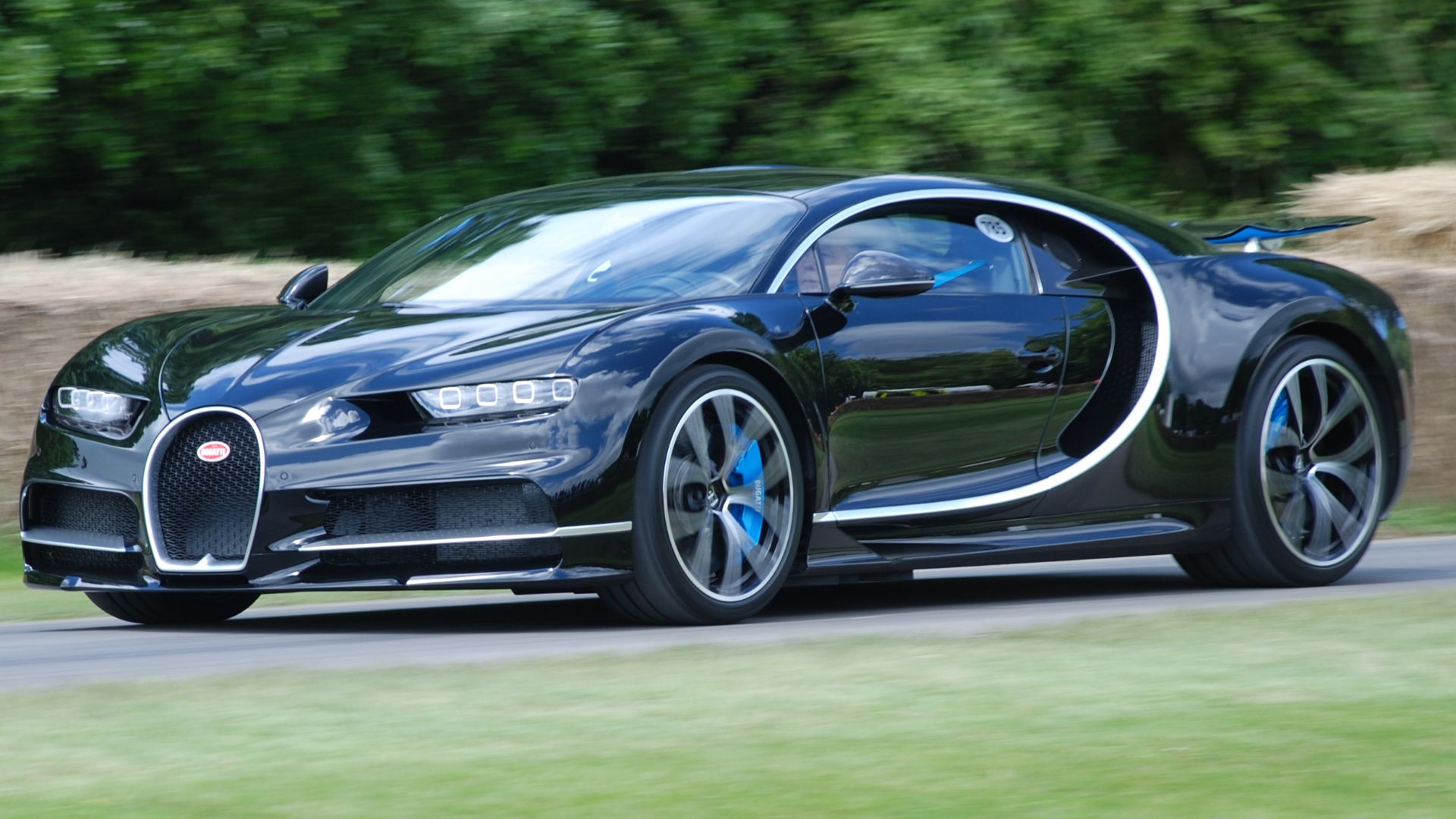 Matthew Lamb, Wikimedia Commons
Matthew Lamb, Wikimedia Commons
Maybach 62 (2002–2012)
Maybach turned luxury into a science experiment. Reclining airline seats and whisper-quiet cabins turned passengers into elites. Building one required nearly twice as many parts as a standard sedan, proving that money could indeed buy unnecessary perfection.
BMW Z8 (1999–2003)
This ride revived 1960s charm using bleeding-edge 1990s tech. Its aluminum chassis, bespoke electronics, and hand-finished panels made production painfully slow. Owners got a design icon—and a car so delicate that BMW stored spare bodies for future repairs.
 Stahlkocher, Wikimedia Commons
Stahlkocher, Wikimedia Commons
Nissan GT-R (R35, 2007–Present)
Nicknamed “Godzilla,” the GT-R became a rolling supercomputer. Tuning one meant decoding a laptop’s worth of data, a challenge most mechanics accepted only with caffeine and courage. Here, sensors and software worked together faster than human reflexes.
 Dinkun Chen, Wikimedia Commons
Dinkun Chen, Wikimedia Commons
Peugeot 605 (1989–1999)
France’s answer to German prestige came loaded with ambition. The 605’s advanced suspension and electronics promised grace but often delivered headaches. Owners found themselves admiring its comfort one minute and calling for roadside help the next.
 Guillaume Vachey from Chalon sur Saone, France, Wikimedia Commons
Guillaume Vachey from Chalon sur Saone, France, Wikimedia Commons
Rolls-Royce Phantom (2003–Present)
Perfection in Goodwood means even umbrella holders get drainage systems. This Phantom is less a car and more a moving art installation, where every surface passes through human hands. Behind the serenity lies engineering so detailed it borders on ritual.
 JustAnotherCarDesigner, Wikimedia Commons
JustAnotherCarDesigner, Wikimedia Commons

